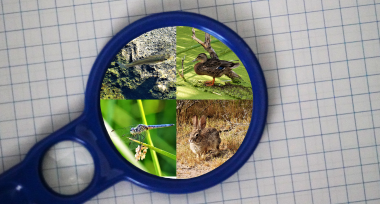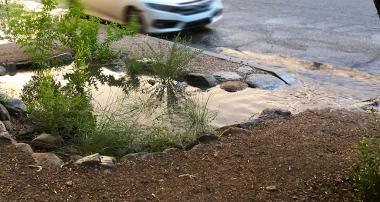Riparian Habitat Exploration
In this program, students become field scientist and use the three dimensions of science instruction and systems thinking to explore the inner workings of a healthy ecosystem.
Unit Objectives:
- Identify components that make a riparian area especially suited for animal and plant life.
- Ask questions and define problems while applying science and engineering skills to real world environmental careers.
- Plan and carry out a scientific investigation in the field.
- Analyze and interpret data to assess ecosystem health.
- Use evidence to construct an argument on the how life in the environment is ruled by water and impacted by humans.
Waters of Arizona
In this program, students become field scientist and use the three dimensions of science instruction and systems thinking to explore the inner workings of a healthy ecosystem.
Unit Objectives:
- Analyze and interpret the Arizona water cycle processes and the changes in states of water (matter) as driven by the sun (energy).
- Examine the relationships between weather, climate, and the Southwest’s hydrological cycle.
- Distinguish and relate the primary water sources used by Arizonans and the locations of these sources.
- Relate the groundwater system, to surface water, the watercycle, and to people.
- Explore and examine the surface water sources, water distribution systems, and engineering design of these distribution systems.
- Construct an explanation and create a model of their role in Arizona’s water cycle, including direct and indirect water usage.
Rainwater Harvesting
Students differentiate between weather and climate, and analyze local climate and weather data that illustrates increased temperatures, extreme storm events and persistent drought. Students explore their school watershed and design rain basins to sink the rain and grow shade.
Unit Objectives:
- Apply the engineering design process to resolve an issue or solve a problem.
- Discover new technology and methods for saving drinking water.
- Construct a model to represent your school watershed within the larger watershed.
- Use mathematics and computational thinking to support decision-making and planning.
- Relate the natural areas and the built-environment to heat and flooding.
- Evaluate the design of a rainwater harvesting system that best meets measurable criteria and constraints.
- Make an argument based on evidence to peers and adults about how their engineering design effectively mitigates heat.





